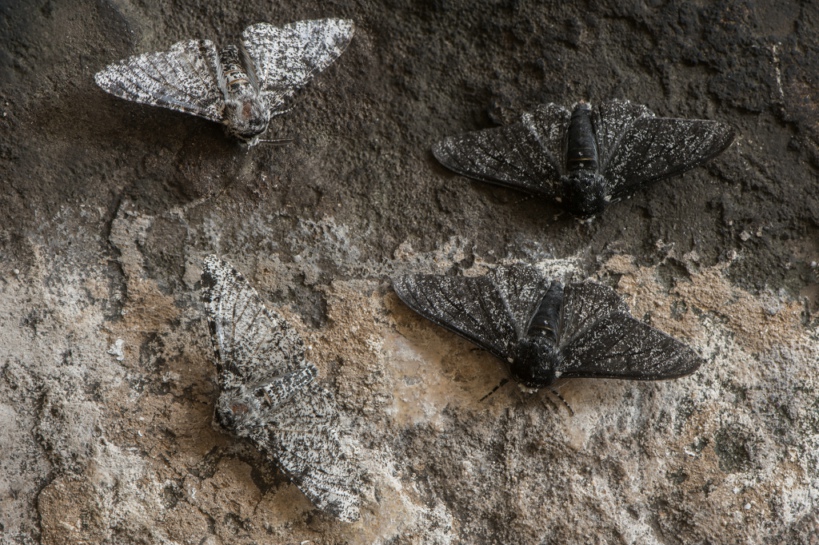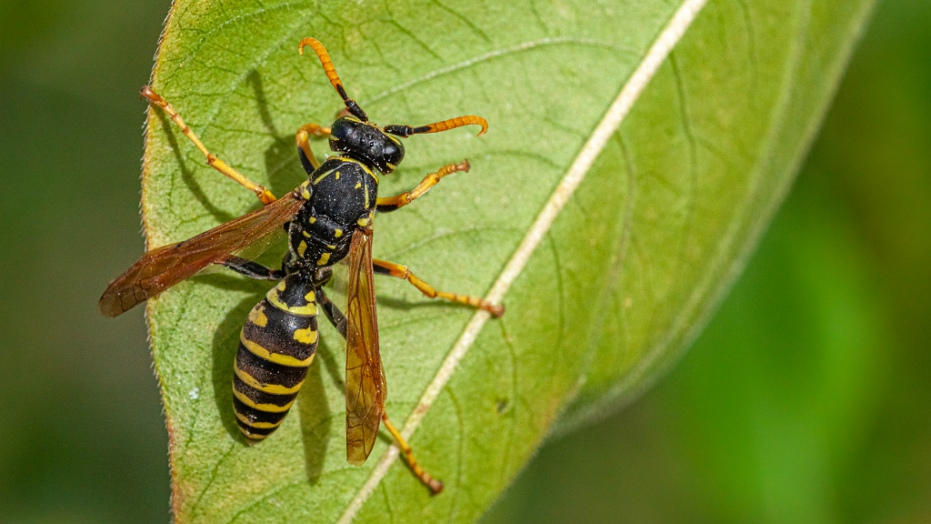To avoid becoming a predator’s next meal, some insects develop creative methods of defense. Below are eight of the more exciting ways an insect can protect itself.
1. Allomimesis (mimicry of lifeless objects)
Allomimesis is a form of mimicry where insects copy lifeless objects. One popular example is the giant swallowtail caterpillar (Papilio cresphontes).The caterpillar form of Papillo cresphontes resemble bird droppings, with its larval forms being more accurate due to size.
2. Produce repellant odors
Among famous insects that produce terrible odors, you can thank the stink bug. For example, the brown marmorated stink bug (Halyomorpha halys) will use two holes in its abdomen to produce the terrible scent. There are more than 250 species of stink bugs around the world. All of them earn their name from similar defense mechanisms
3. Thanatosis (playing dead)
Thanatosis is a fancy way to say playing dead. It’s a behavior most popularly known in possums (which explains the term “playing possum”), but many insects follow the same strategy.One example is the click beetle (Elateridae), known for falling on its back and pretending to be dead. The European Mantis (Mantis religiosa) also plays dead in response to threatening situations.
4. Cryptic coloration (camouflage)
Crypsis, or cryptic coloration, is a form of camouflage to hide from predators that hunt using sight. Insects that use this will need to freeze on sight, using the background to remain hidden.The Peppered Moth (Biston betulara) is one such example, known to leverage the similar coloration of trees to hide. The moth had to adjust its color to a darker shade, making it harder to detect.

